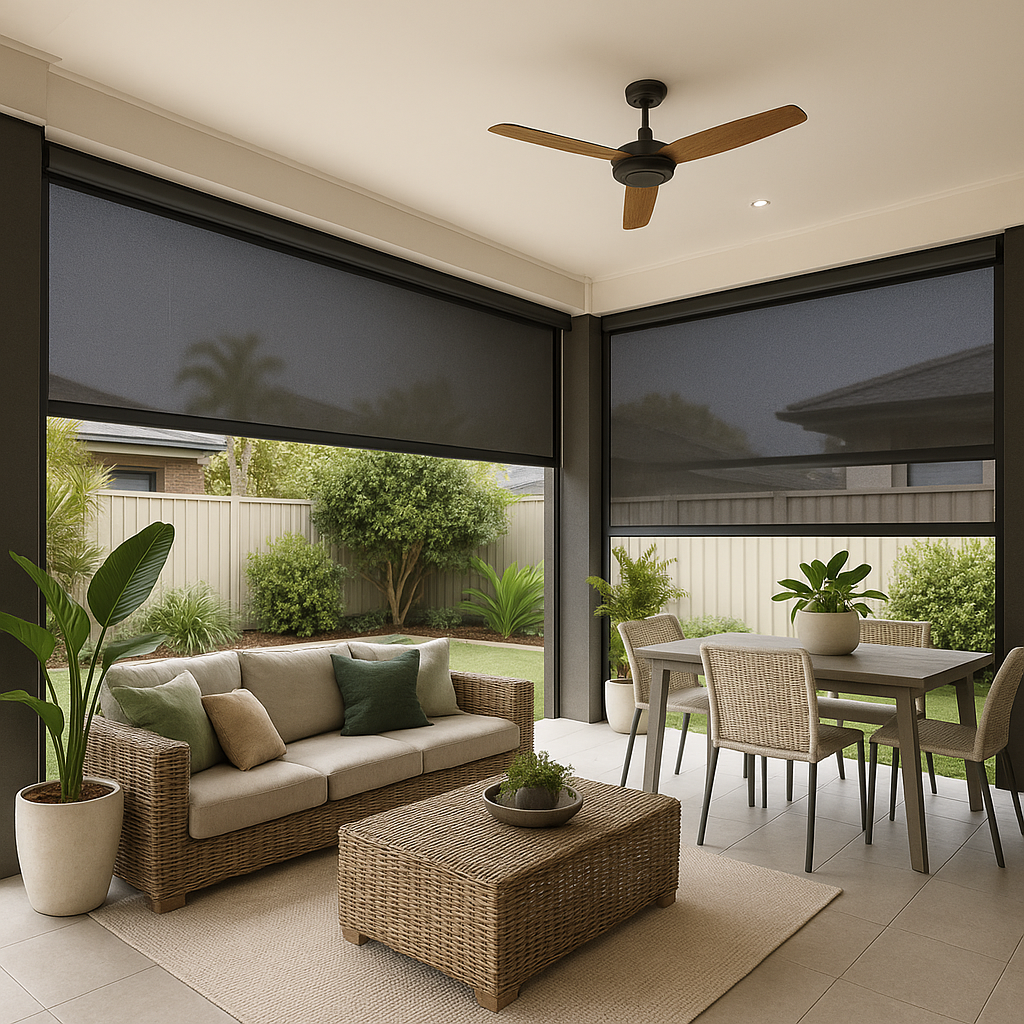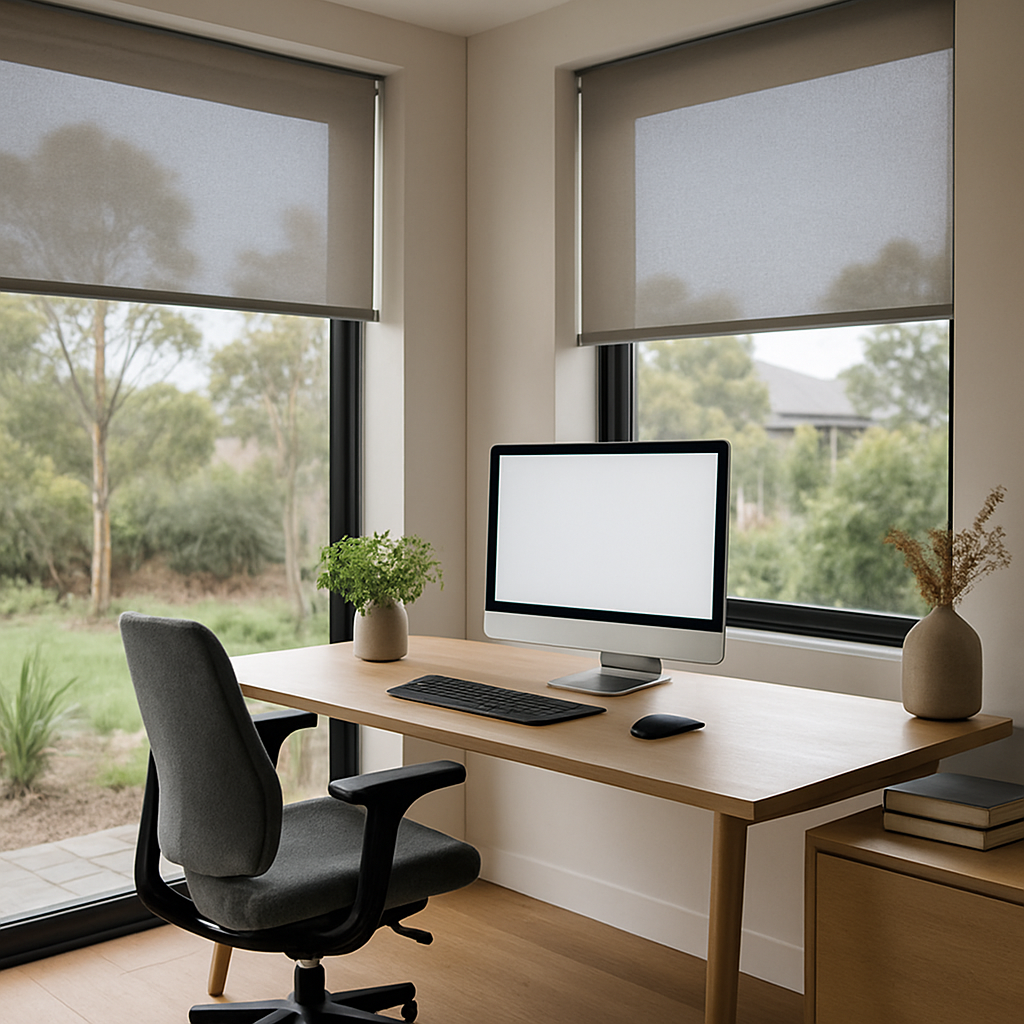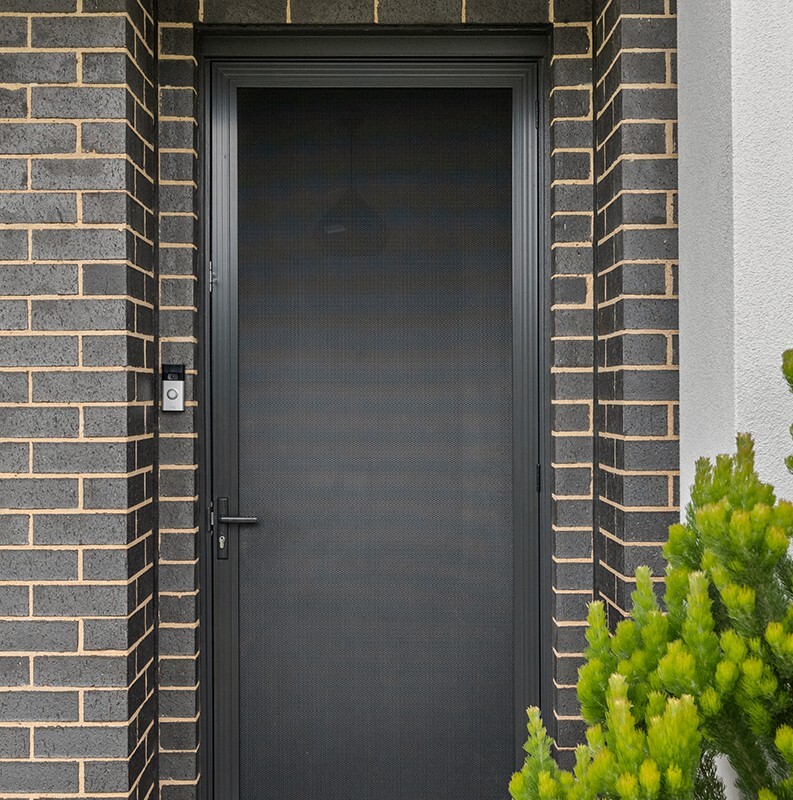When it comes to making the most of your outdoor space—whether it’s a sunny balcony, an alfresco dining area, or a cozy deck—what you choose to shield your space matters. At Security Plus Shutters, Doors & Blinds, we believe your...
Severe Wind Advisory (VIC & NSW): Keep Outdoor Shades Open
Why this advisory matters right now
When the Australian Government Bureau of Meteorology (bom.gov.au) issues strong wind alerts for Victoria and New South Wales, it pays to act early. High winds can turn outdoor shade systems into unintended sails, placing unnecessary stress on fixings, fabrics, and frames. If a blind or awning is shielding an opening that doesn’t have a closed door or window directly behind it, pressure can build quickly. The safest approach during wind events is simple: keep these outdoor shades fully open. This best practice dramatically reduces the risk of wind damage and costly repairs.
What to do before the winds pick up
Ahead of forecast gusts, walk around your home and check any alfresco, balcony, pergola, patio, and verandah areas. If a shade or screen provides wind protection without a solid barrier (like a closed door or window) behind it, roll it all the way up and secure it. Stow loose items such as umbrellas, café blinds, outdoor heaters, plant stands, and furniture cushions that might catch the wind. If your system includes motorised controls, test them now while conditions are safe and ensure everyone in the household knows how to raise shades quickly. A few minutes of preparation can prevent hours of clean-up later.
Why “fully open” is the safest position
Leaving a shade partially down during high winds can be worse than leaving it fully closed. A partially lowered blind presents a large surface area that wind can press against, magnifying load on brackets, extrusions, and fabrics. Opening the system completely removes that surface area and reduces wind pressure to near-zero. This principle applies to straight-drop outdoor blinds, pergola shades, café blinds, privacy screens, and many zip or track-guided systems when there’s no solid barrier behind them. When in doubt, err on the side of fully open and secure.
Outdoor systems to pay close attention to
Alfresco and balcony blinds
These spaces often rely on screens for comfort. During a wind event, open and secure them to protect the mechanisms and stitching.
Pergola and patio shades
Retractable shades and louvres can catch gusts from multiple directions. Ensure they are open or locked in the manufacturer’s recommended storm-safe position.
Doors and windows without a solid barrier
Any shade acting as the primary wind break (with no closed door/window behind it) should be fully opened to avoid acting like a sail.
Who we are—and why thousands trust us
At Security Plus Shutters, Doors & Blinds, we’ve spent 30+ years manufacturing and installing protective window and outdoor solutions across Melbourne and Sydney. We don’t just follow industry standards—we set them. We are leaders in our industry across the products we sell, and the go-to company for bushfire shutters and fire attenuation screens. Our local teams design, build, and install with Australian conditions front-of-mind, so your home is ready for the sudden shifts our climate delivers.
Bushfire shutters and attenuation screens: your questions answered
What are bushfire shutters?
Bushfire shutters are engineered systems designed to help protect glazing from ember attack and radiant heat during a bushfire event. Many models are tested to relevant Bushfire Attack Levels (BAL), helping homeowners meet building requirements in designated zones.
How do fire attenuation screens differ?
Fire attenuation screens are purpose-built to reduce the intensity of radiant heat reaching an external surface—particularly useful in dense urban settings where property boundaries are close. They’re tested for measurable reductions in radiant heat (attenuation), providing an added layer of risk mitigation for facades and openings.
Do these products still help on windy days?
Yes. Although they’re engineered for fire conditions, our bushfire shutters are robust, wind-resilient systems when used and positioned correctly. As with any external system, always follow the manufacturer’s guidance during severe wind events, including stowing or securing where recommended.
Can they integrate with existing builds?
In most cases, yes. Our consultants assess your openings, substrates, and clearances to recommend retrofits that maintain performance while respecting your home’s architecture.
What maintenance is required?
Regular cleaning of guides and tracks, periodic operation tests, and scheduled servicing keep systems smooth, quiet, and ready when you need them most. We provide clear care guides and offer maintenance support.
Practical checklist for the next few days
- Monitor updates from the Bureau of Meteorology for VIC & NSW (see links below).
- Fully open and secure outdoor shades that don’t have a closed door or window behind them.
- Stow loose outdoor items that may become windborne.
- Test motorised controls and keep remotes/keys accessible.
- After the event, inspect systems before returning them to normal use.
Check the latest advisories
For up-to-date local forecasts—and to see expected conditions for the next few days—use the Bureau’s official pages:
- Melbourne Advisory: https://www.bom.gov.au/vic/forecasts/melbourne.shtml
- Sydney Advisory: https://www.bom.gov.au/nsw/forecasts/sydney.shtml
Bookmark these links and monitor them as conditions evolve.
We’re here to help—before and after the wind event
If you’re unsure how to prepare your specific setup, our team can walk you through the safest configuration for your outdoor blinds and shades. From robust roller shutters to premium outdoor systems, we’ll help you choose and operate the right protection for Melbourne and Sydney conditions—today and long-term.
📞 Give us a call on 1300 883 933
💬 Or book your free consultation to assess your outdoor shade and protective solutions.



